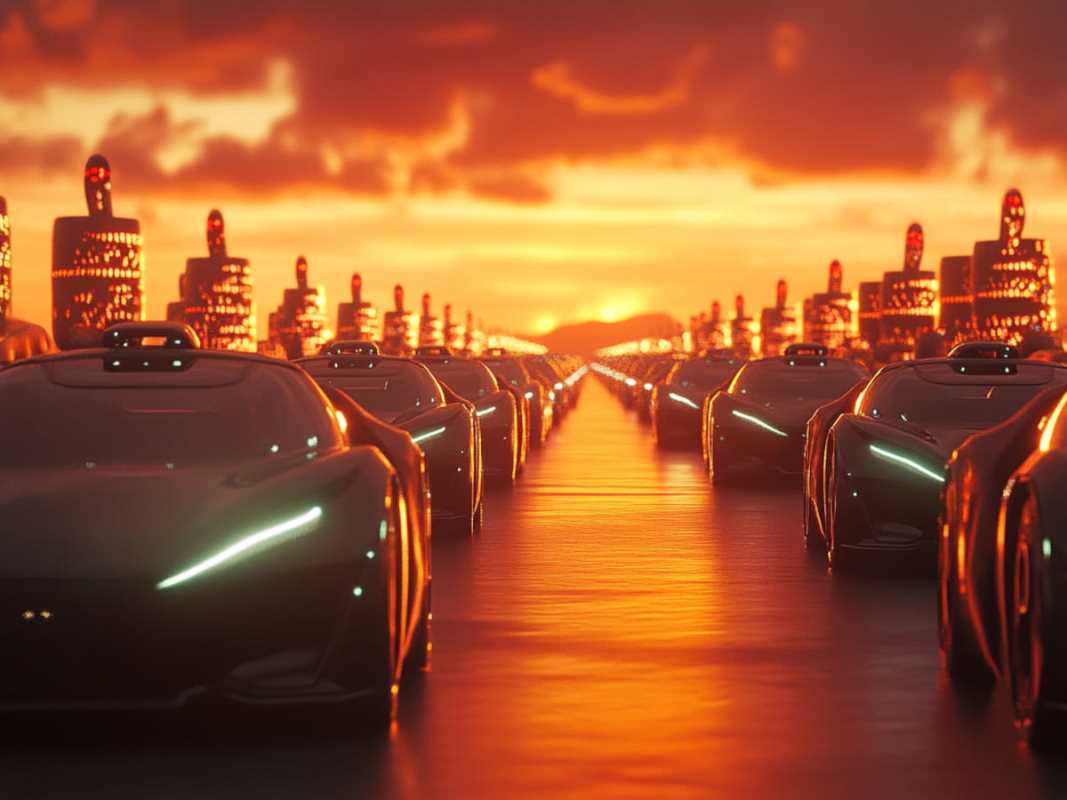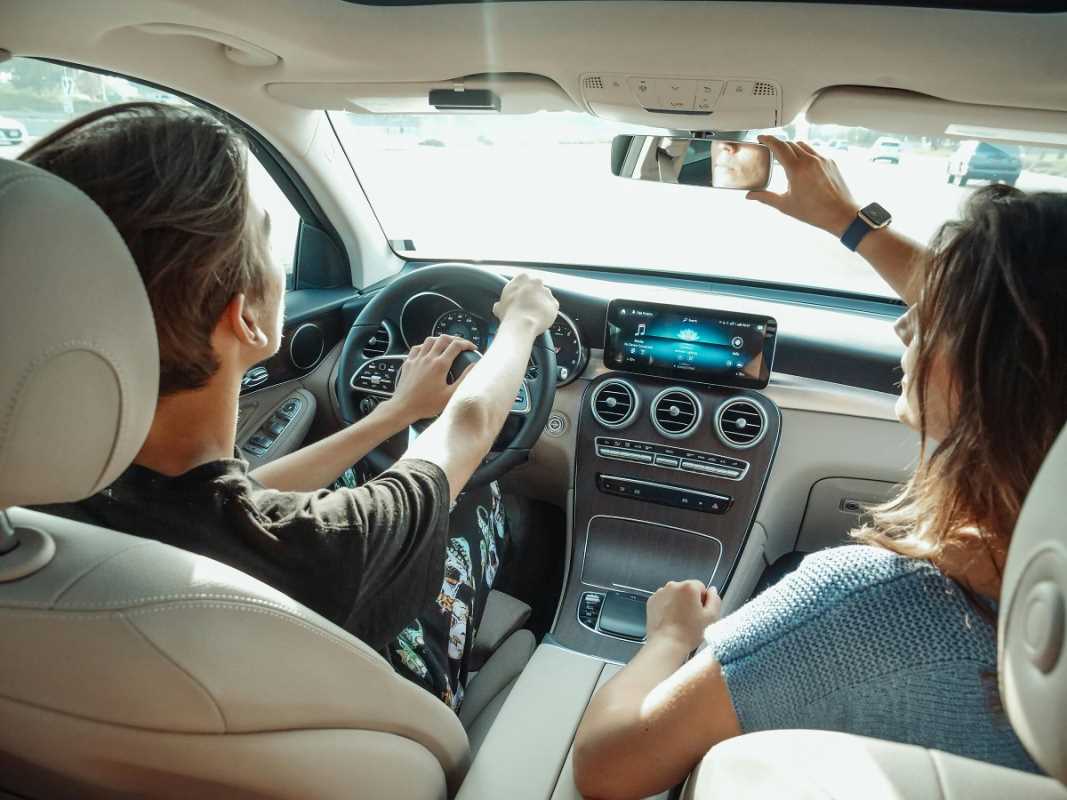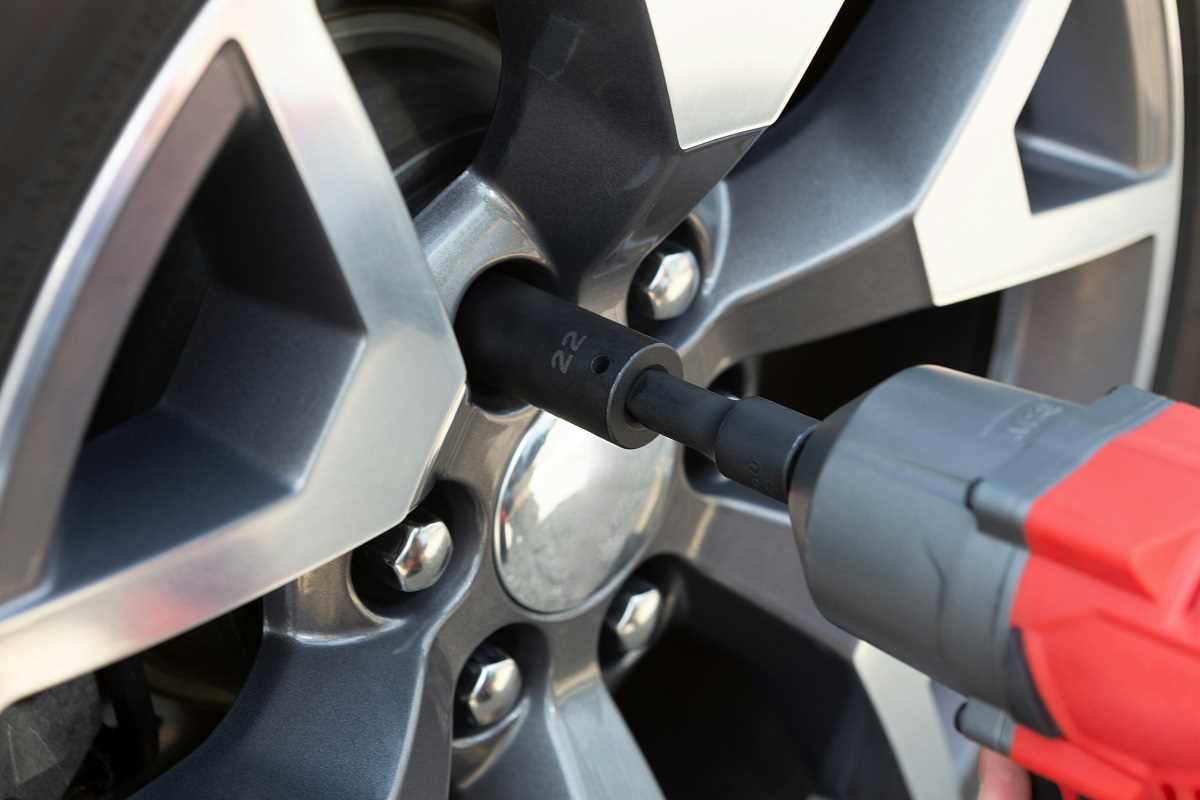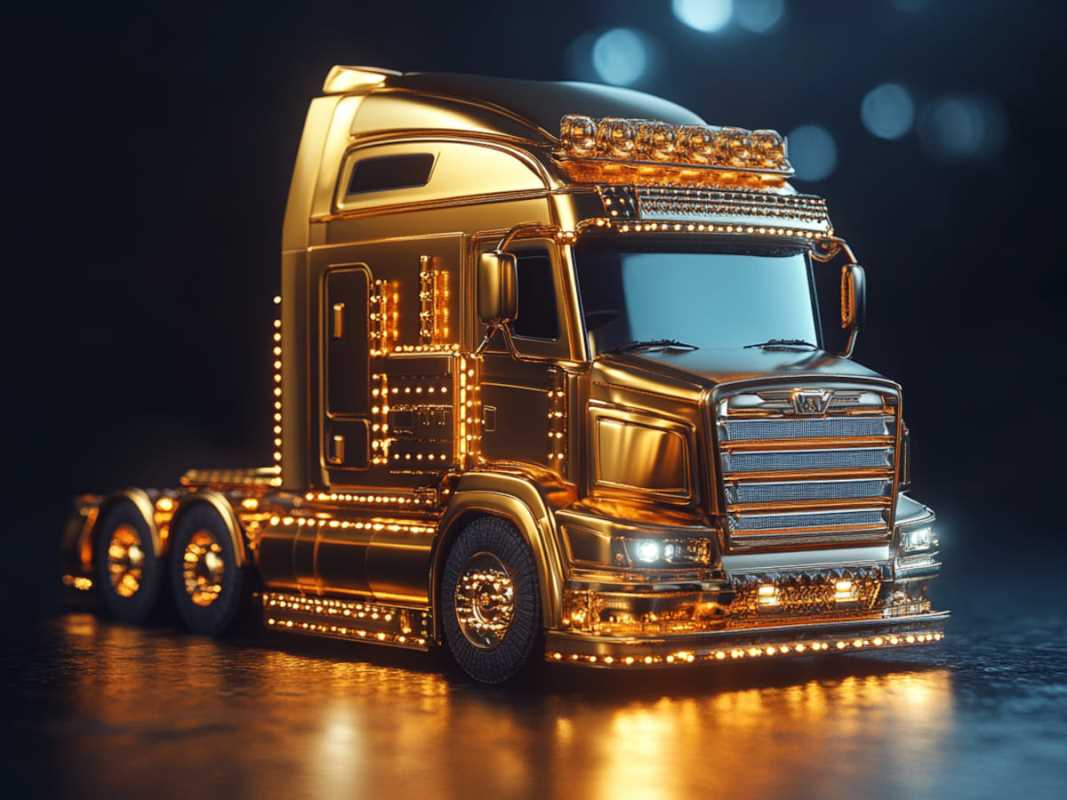Self-driving technology has evolved from science fiction fantasy to highway reality in what feels like the blink of an eye. For those of us who grew up watching Knight Rider and dreaming of cars that could think for themselves, it's both exhilarating and slightly terrifying to see these systems actually deploying on public roads. The race to full autonomy has become the automotive equivalent of the space race, with traditional automakers and tech companies pouring billions into development.
Behind the flashy demos and marketing hype, the reality is that building truly self-driving cars requires solving some of the hardest problems in artificial intelligence, sensor fusion, high-definition mapping, and predictive modeling. Some companies are betting everything on camera-based systems, others on expensive lidar arrays, and still others on collaborative vehicle-to-everything communication networks. The approach a company takes reveals volumes about their underlying philosophy and vision for the autonomous future.
Tesla
Tesla's approach to self-driving technology has always been distinctly contrarian. While most competitors rely on expensive lidar sensors, Tesla has stubbornly championed a vision-based system using cameras, radar, and ultrasonic sensors. Elon Musk has repeatedly called lidar a "crutch" and insisted that since humans can drive with just their eyes, machines should be able to as well. This camera-first approach has allowed Tesla to deploy its Autopilot and Full Self-Driving (FSD) beta systems to hundreds of thousands of vehicles already on the road.
The company's willingness to use its customer base as beta testers has been both its greatest strength and most controversial decision. Every mile driven by a Tesla in "shadow mode" feeds data back to the company's neural networks, creating a virtuous cycle of improvement that competitors find hard to match. But this has come with significant criticism from safety advocates who argue that testing experimental software on public roads puts everyone at risk. Several high-profile accidents involving Autopilot have only intensified this scrutiny.
Despite the controversy, Tesla's massive real-world dataset and willingness to think differently about autonomy make them impossible to ignore. Their neural network approach to visual scene understanding has pushed the entire industry to reconsider what's possible with camera-based systems. Whether they'll be first to achieve true self-driving remains an open question, but they've forced every competitor to accelerate their timelines and rethink their approaches.
Waymo
If Tesla represents the "move fast and break things" philosophy of Silicon Valley, Waymo embodies the measured, methodical approach you'd expect from a Google moonshot project. Originally part of Google's X lab, Waymo has been developing autonomous technology since 2009, accumulating more real-world testing miles than any competitor. Their cautious, safety-first methodology prioritizes validation and verification over rapid deployment.
The company's recent expansion of their Waymo One robotaxi service to multiple cities represents a significant milestone, proving their technology works reliably enough for commercial deployment. While they haven't generated the same consumer excitement as Tesla, their methodical approach has earned them the respect of transportation experts and regulatory bodies. The question remains whether their perfectionist approach will allow them to scale quickly enough to maintain their lead as competitors ramp up.
General Motors
General Motors' transformation from lumbering traditional automaker to autonomous technology leader began with their 2016 acquisition of Cruise Automation for over $1 billion. This bold move signaled that GM understood the existential threat posed by self-driving technology and was willing to make massive investments to stay relevant. Since then, GM has poured billions more into Cruise, creating an unusual corporate structure where the startup maintains significant independence while leveraging GM's manufacturing prowess.
Cruise's recent expansion of driverless operations in San Francisco, despite regulatory challenges, shows GM's commitment to commercializing autonomous technology. Their willingness to operate without safety drivers in complex urban environments demonstrates confidence in their systems. However, recent incidents involving emergency vehicles and unexpected stops have highlighted the challenges that remain. The balance between aggressive deployment and safety will continue to define GM's autonomous strategy.
Toyota
Toyota's approach to autonomous driving reflects the company's overall philosophy: cautious, methodical, and deeply focused on reliability. While competitors make bold promises about timelines for full self-driving, Toyota has deliberately avoided the hype cycle, instead focusing on incremental improvements to driver assistance systems while conducting rigorous research into full autonomy through their Toyota Research Institute (TRI).
The company's approach to testing reflects its risk-averse culture. While Toyota conducts real-world testing, they place unusual emphasis on simulation and closed-course validation at facilities like their massive Higashi-Fuji Technical Center in Japan. Their "Chauffeur" program for full autonomy has progressed more slowly than competitors, but this deliberate pace aligns with Toyota's century-old reputation for prioritizing reliability over being first to market. When Toyota vehicles eventually achieve full self-driving capabilities, you can bet they'll have been tested more thoroughly than almost any competitor.
The Chinese Contenders
- Baidu's Apollo platform has become China's leading autonomous driving ecosystem, offering an open-source framework now used by multiple automakers
- NIO has pioneered battery-swap technology that could solve critical charging challenges for autonomous fleets
- XPeng's Navigation Guided Pilot system offers Tesla-like capabilities with strong adaptation for China's unique traffic patterns
- AutoX became the first company to deploy fully driverless robotaxis in China, operating without safety drivers in Shenzhen
- WeRide's focus on mini-robobuses addresses China's urban density challenges with multi-passenger autonomous solutions
- SAIC Motor, China's largest automaker, has partnered with Alibaba to develop AI-powered cockpits and autonomous features
The Chinese government's strong support for autonomous technology through favorable regulations and infrastructure investment gives these companies significant advantages in their home market
The autonomous vehicle landscape in China differs dramatically from Western markets. The Chinese government has embraced self-driving technology as a national strategic priority, designating specific testing zones, investing in smart infrastructure, and creating regulatory frameworks that enable rapid deployment. This top-down support has accelerated development timelines for Chinese companies in ways that would be difficult to replicate in the more fragmented regulatory environments of the US or Europe.
The most fascinating aspect of China's autonomous vehicle push may be its potential to leapfrog traditional car ownership models entirely. In a country where many urban residents have never owned cars, the transition directly to autonomous mobility services faces fewer cultural barriers than in car-centric societies like the United States. This could allow China to avoid the intermediate step of partially automated personally owned vehicles, moving directly to fully autonomous shared fleets, potentially changing global automotive trajectories in the process.
 (Image source: Midjourney)
(Image source: Midjourney) 
.jpg)




